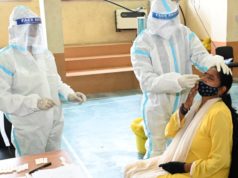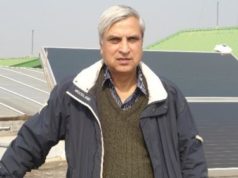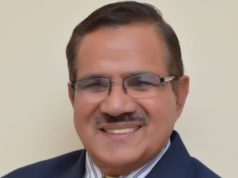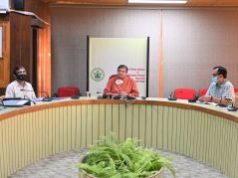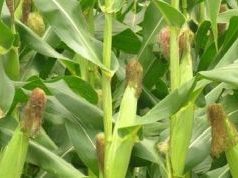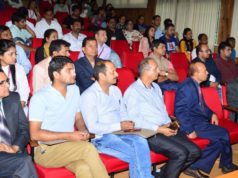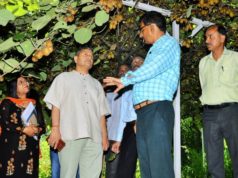DST to launch an exclusive R&D programme exclusively for Himalayan Universities
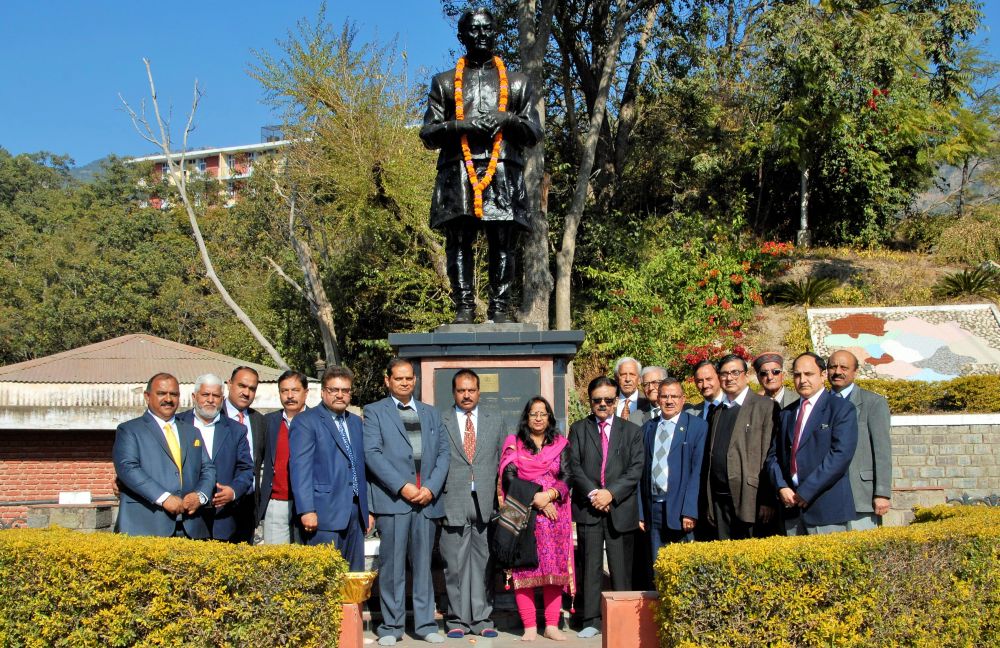
Nauni/Solan: Dr YS Parmar University of Horticulture and Forestry (UHF) today celebrated its 33rd Foundation. The University was established on 1st December, 1985 with the objective to promote education, research and extension education in the fields of Horticulture, Forestry and allied disciplines.
Dr. Akhilesh Gupta, Advisor and Head, Climate Change programme (SPLICE division) of the Department of Science and Technology (DST) was the Chief Guest. The function was kicked off by paying floral tributes to Late Dr YS Parmar, founder of Himachal Pradesh.
Lauding the role of scientists of the University, Dr HC Sharma, UHF Vice-Chancellor, said, “the efforts of the scientists of the university has helped the state to earn the name ‘Apple state of India’.”
He thanked the farming community of Himachal Pradesh for continuously reposing its faith in the quality seed of vegetables, medicinal plants, flowers and planting material of fruits and forest trees produced by the university, thereby establishing Himachal as a forerunner in Horticulture and Forestry in India.
Dr Sharma added that in order to fulfil the Prime Minister’s mission of ‘Doubling farmers Income by 2022’ the scientists must develop technology and production techniques that helps the farmers to get more returns for their produce and add value to the existing products. He further said that the university was also working on the studying the various aspects of Zero Budget farming for the state as envisioned by Archarya Devvrat, Governor of Himachal Pradesh.
The Vice-Chancellor said that challenges like attracting the youth to agriculture and disappearance of traditional agriculture were the areas that needed to be addressed. He urged the students to become job providers and treat agriculture like an enterprise. He exhorted that the students of the university have been highly successful in various competitive exams and sports field with two students representing the country at international level.
Addressing the gathering on the topic ‘Capacity Building Initiative for the Indian Himalayan Region’, Chief Guest Dr Akhilesh Gupta said that Himalayan Region was unique to the other mountain ranges in the world. Dr Gupta further added
“There are 10 Himalayan states and two partial Himalayan states in India. This region is highly fragile and complex with social-cultural and ethnic diversity and biodiversity hotbed of the country. The Himalayan region faces a number of challenges especially in the agriculture sector. Problems like migrations of male members to urban areas leading to gender issues especially in the northeast part of the country were areas of concern. Small land holdings, poor quality agricultural land, lack of proper irrigation, heavy monsoon dependency and extreme events like droughts and floods were some of the other challenges faced by the people in these areas,”
Guest of Honour, Dr. TR Sharma, Executive Director of National Agri Food Biotechnology Institute (NABI), Mohali discussed the role of Biotechnology in achieving Food and Nutritional Security.
“The Indian population is set to grow sustainably in the coming decades therefore we have to work on increasing the potential of the existing crop varieties and biotechnology is a great tool for this purpose,” said Dr. TR Sharma.
He told the gathering that globally the area under genetically modified crops had increased from 1.7 million hectares in 1996 to 185.1 million hectares in 2016. He added that genome editing had a large role to play in horticulture crops and complex traits like flowering time, slow ripening, insect and pest resistance can be targeted using this technology.
Department of Science and Technology (DST) to launch an exclusive R&D programme exclusively for Himalayan Universities
Dr Akhilesh Gupta, informed that the DST will shortly launch a research and Development programme exclusively for Himalayan Universities comprising of Centres of Excellence, major R&D and network programmes.
Speaking at the Foundation Day of UHF Nauni, Dr Gupta said that there were over 1000 scientists working on the Himalayan ecosystem research areas and over 145 universities, 38 central government and over 75 state level institutions in the Indian Himalayan Region (IHR). He said that there was lack of synergy among R&D institutions and universities and coordination between scientists from different universities.
The proposed human and capacity building programme, will identify potential institutions which can host centers of excellence with selection of few thematic areas for setting up of network programme. The programme will also do a mapping of the research and training leaders in the IHR and establish linkages between Center-State funded institutions and develop international collaborations and partnerships. A two day event and IHR Vice Chancellor’s round table event is likely to be held in March next year.


